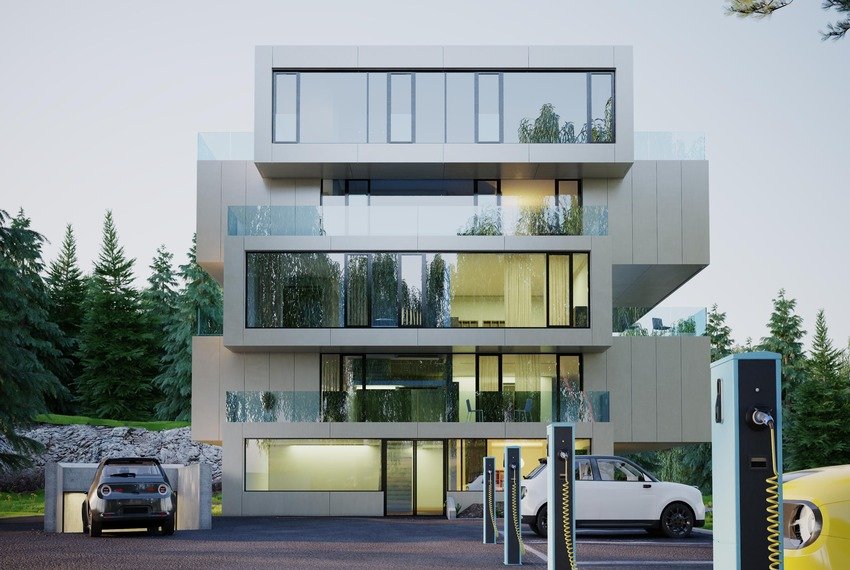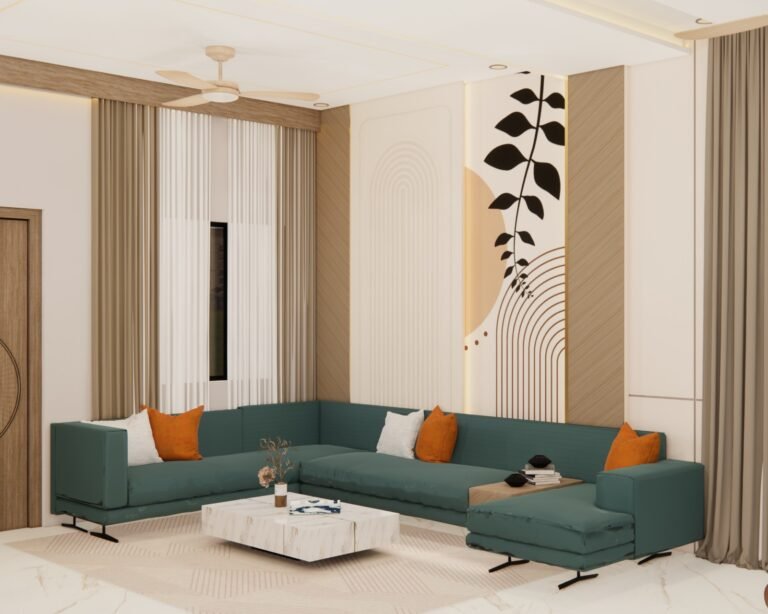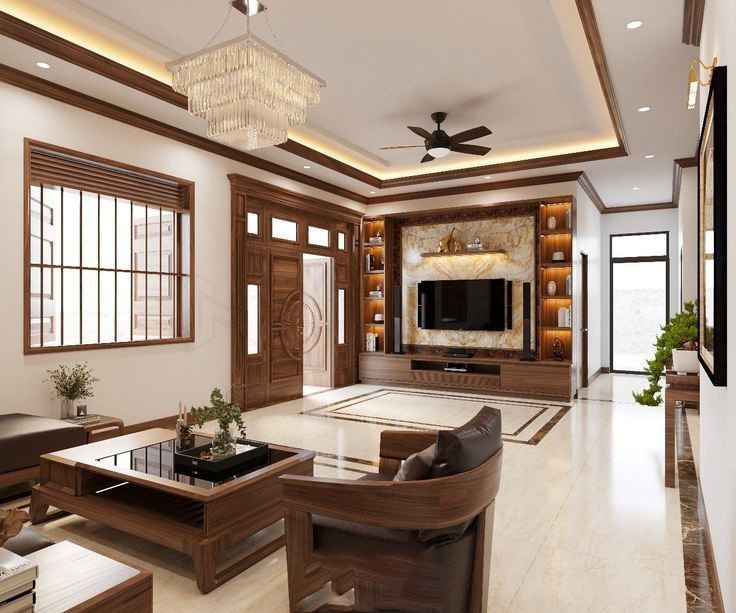In the dynamic realm of architecture, innovation isn’t just a buzzword; it’s a driving force shaping the future. One such transformative tool that has become a linchpin in modern design is Architectural 3D Visualization. This blog post takes you on a journey through the facets of 3D visualization, exploring its evolution, applications, and the immense value it brings to the world of architecture.
Introduction:
Architectural 3D visualization is not merely about creating stunning images; it’s a paradigm shift in how we perceive, communicate, and execute architectural designs. It’s a digital alchemy that transforms blueprints into immersive visual experiences, allowing stakeholders to step into the envisioned space long before the foundation is laid.
Advantages of Architectural 3D Visualization
Enhanced Client Understanding
In the traditional design process, conveying complex architectural concepts to clients can be challenging. 3D visualization bridges this gap, offering a tangible representation that goes beyond the limitations of 2D drawings. Clients can now visualize the interplay of space, light, and form, fostering a deeper and more accurate understanding.
Time and Cost Efficiency
Time is money, especially in the architectural realm. 3D visualization accelerates the design process by providing a real-time visual playground for architects and clients to explore ideas. This not only expedites decision-making but also translates to significant cost savings.
Iterative Design Improvement
The iterative nature of 3D visualization allows architects to fine-tune designs swiftly. With immediate visual feedback, adjustments can be made on the fly, ensuring the final product aligns seamlessly with the client’s vision. It’s a dynamic and collaborative process that fosters creativity and innovation.



